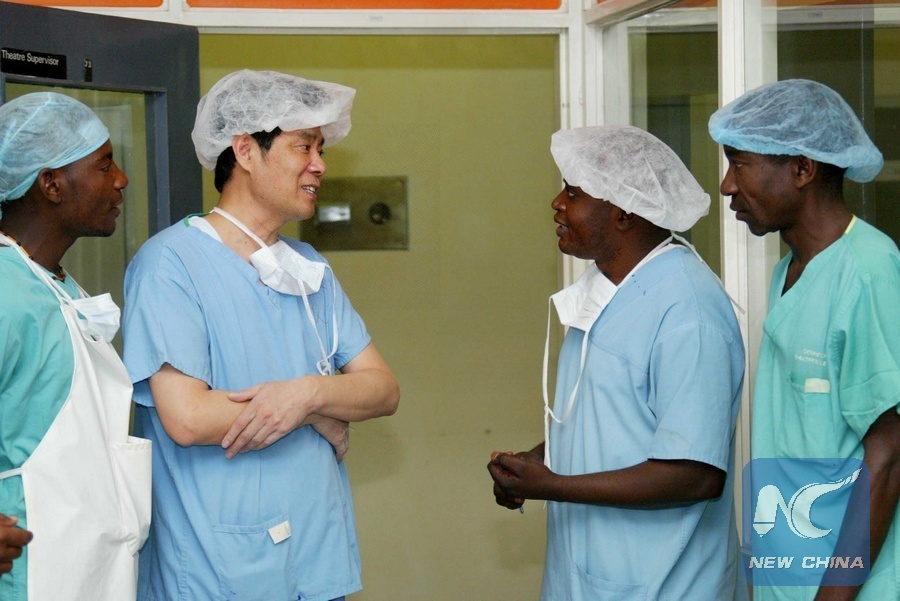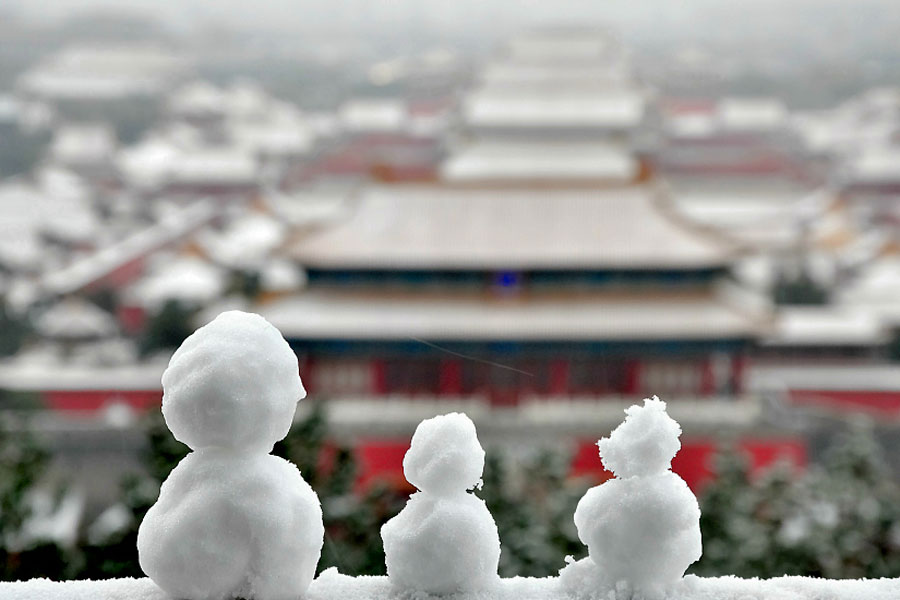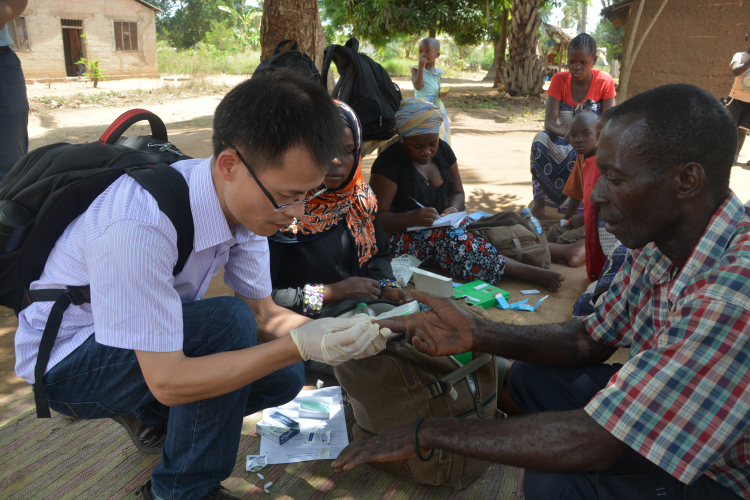First Chinese COVID-19 Vaccine Added to the WHO Emergency Use List
What You Should Know About Sinopharm, Its COVID-19 Vaccine and the Potential Impact of the WHO Approval

May 13, 2021 | By Zixiang (George) Zhou, Associate, Bridge Consulting | Image source: China National Biotec Group
On May 7, the World Health Organization officially listed the inactivated COVID-19 vaccine developed by the China National Biotec Group’s Beijing Bio-Institute of Biological Products Co-Ltd. (BBIBP) under the China National Pharmaceutical Group Corporation (Sinopharm) for emergency use, marking a major milestone as the first Chinese COVID-19 vaccine to receive this approval. This is indeed an encouraging development for the international community’s fight against COVID-19, especially amidst ongoing vaccine supply constraints, but some issues remain to be resolved. We offer a review of the strengths and shortcomings of Sinopharm and its vaccine as well as the potential impact of the WHO’s approval.
Strengths
WHO’s approval and recommendations. Receiving the WHO emergency use listing (EUL) means the vaccines would have had to pass a stringent review of quality, safety, and efficacy, and performance data, and be in compliance with manufacturing and quality management standards – an important step towards addressing the skepticisms that have been expressed towards China’s COVID-19 vaccines. The WHO recommends the Sinopharm vaccine for adults aged 18 years and older and noted that its efficacy for symptomatic and hospitalized disease was estimated to be 79% for all age groups combined.
Less stringent storage requirements. Sinopharm’s vaccine can be stored at normal refrigeration temperatures (2-8 degrees Celsius) and the vaccine vial will also carry a sticker that changes color as the vaccine is exposed to heat, letting health workers know the condition of the vaccine. These features make Sinopharm “highly suitable for low-resource settings”, according to the WHO.
Increased production capacity domestically and internationally. According to Chinese media, Sinopharm’s monthly production capacity reached 100 million doses in April. On May 6, Sinopharm also completed the construction of a building that houses a new vaccine production facility, which will be the largest COVID-19 vaccine production facility in the world, according to Wang Hui, director of BBIBP. Sinopharm estimated that it can manufacture up to 3 billion doses of its COVID-19 vaccines per year after the completion of new production facilities, most notably in the city of Beijing and Wuhan in China. Sinopharm is also working with other countries to set up facilities to produce its vaccines, for example, the joint venture between Sinopharm and Abu Dhabi-based technology company Group 42, which aims to produce up to 200 million doses of Sinopharm’s vaccine annually
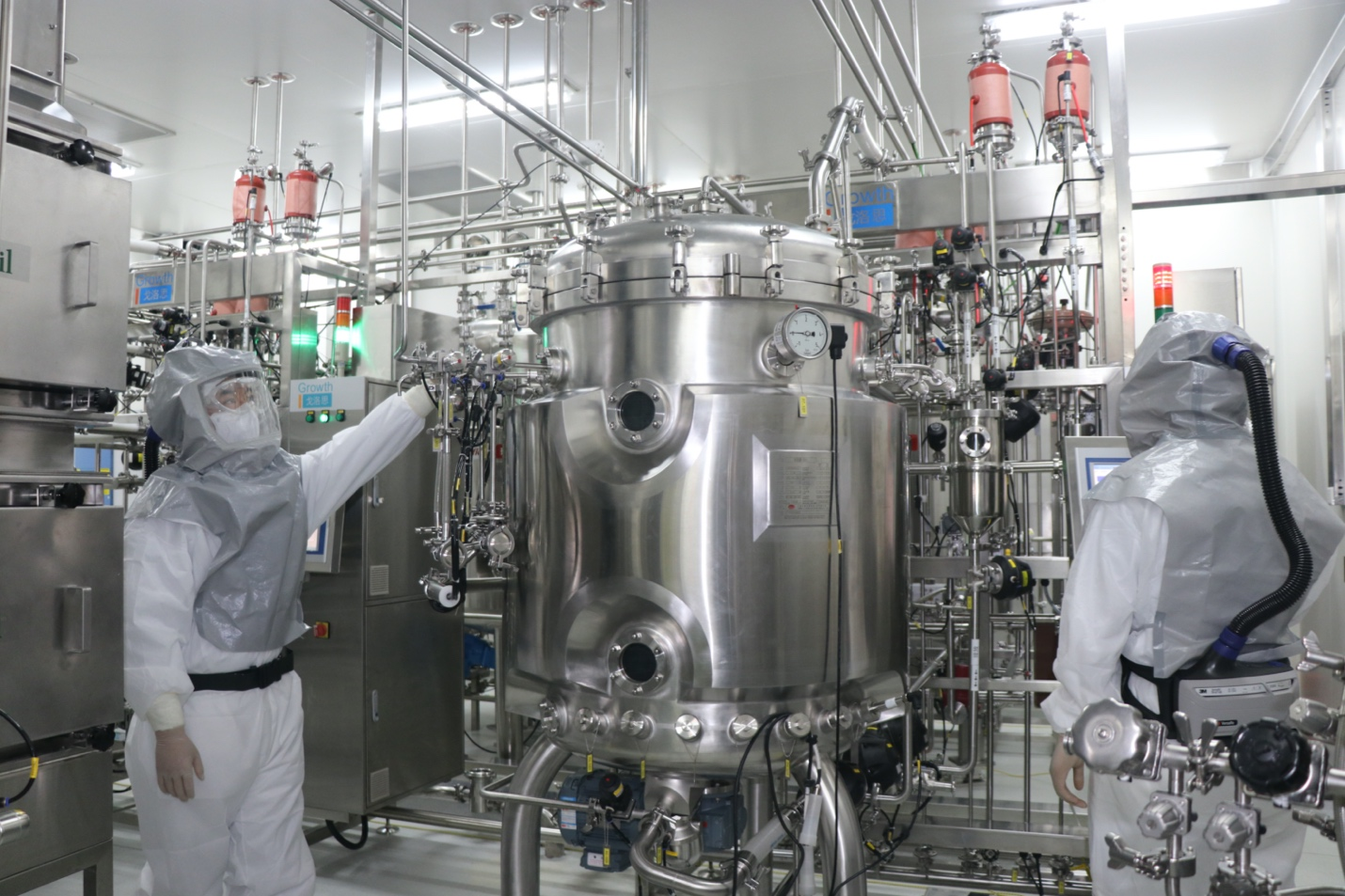
Shortcomings
Questions with Existing Evidence. Although the WHO approved Sinopharm’s emergency use listing application, the WHO experts pointed out that there are still gaps in the evidence Sinopharm presented. The WHO’s report stated that its expert panel in charge of reviewing the Sinopharm vaccine had a “low level of confidence” in the vaccine’s efficacy in older adults (people aged 60 and older), and a “very low level of confidence” in the data about its potential side effects in that age group and those with comorbidities or health states that increase the risk for severe COVID-19. These questions were partially caused by the low number of trial participants from these population groups. Sinopharm is conducting and planning further studies to generate more data, which will enable full licensure and the WHO prequalification of the vaccine.
Lower efficacy and unknown efficacy against variants. It is important to note that the Sinopharm vaccine has lower efficacy compared to some other vaccines on the WHO emergency use list, for example, the Pfizer/BioNTech (95% against symptomatic SARS-CoV-2 infection) and Moderna vaccine (approximately 92 per cent in protecting against COVID-19). The WHO experts also noted that the Sinopharm vaccine “has not yet been evaluated in the context of circulation of widespread variants of concern.”
Higher costs. Improving the accessibility and affordability of the Sinopharm vaccine in developing countries remains a significant challenge. As of May 10, Sinopharm has only delivered 38 million doses of vaccines to 60 countries, according to our China COVID-19 Vaccine Tracker. Sinopharm’s vaccine is also more expensive than other vaccines, such as the Oxford/AstraZeneca vaccine. Domestically, Sinopharm provided its vaccines to some Chinese localities for CNY 200 per dose (~USD 31.10). Internationally, Senegal paid USD 3.7 million for 200,000 doses of the Sinopharm vaccine, and Hungary reportedly paid about USD 36 per dose. It remains to be seen how Sinopharm, China, and the international community will work together to resolve these issues.
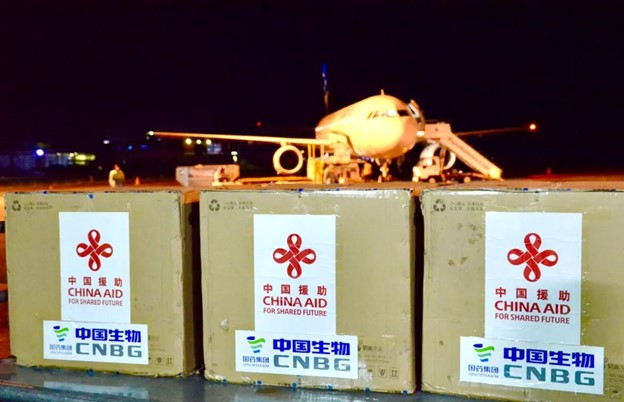
Impact
Increased Trust in the Vaccine. Many experts have expressed doubts about the lack of transparency from Chinese vaccine developers such as Sinopharm, and hesitancy in taking the Sinopharm vaccine has been reported by some countries administering the vaccine. The EUL approval received by Sinopharm may be able to change the perception of the vaccine among experts and the public.
Increased Distribution Worldwide. The WHO EUL received by the Sinopharm vaccine will enable greater international distribution of the Sinopharm vaccine worldwide. China has already pledged to provide 10 million doses of COVID-19 vaccines to the COVAX Facility, mainly for developing countries with urgent needs.
With the EUL granted by the WHO, COVAX can now procure the Sinopharm vaccine, and Gavi, the Vaccine Alliance has already started talks with Sinopharm to procure its vaccine for COVAX. The WHO’s EUL will also allow countries to expedite their own regulatory approval process, thus giving more countries the option to import and administer the Sinopharm vaccine. China has noted that it will support Chinese vaccine developers to export their vaccines to countries with an urgent need for COVID-19 vaccines and have approved the Chinese COVID-19 vaccine and its emergency use. Completion of some vaccine donations pledged by China is also dependent on the WHO’s approval. For example, the government of Trinidad and Tobago accepted a donation of 100,000 doses of COVID-19 vaccine from China pending the approval of the WHO. Following the WHO’s approval of the Sinopharm vaccine for emergency use, China can now deliver Sinopharm vaccines to Trinidad and Tobago, which also plans to use some of the low-interest rate loans from China to purchase more Sinopharm vaccines.
About The Author
Zixiang (George) Zhou
Zixiang (George) Zhou is an experienced international relations and development professional who has worked in Washington DC, Nairobi, and Beijing. Find George on LinkedIn.

